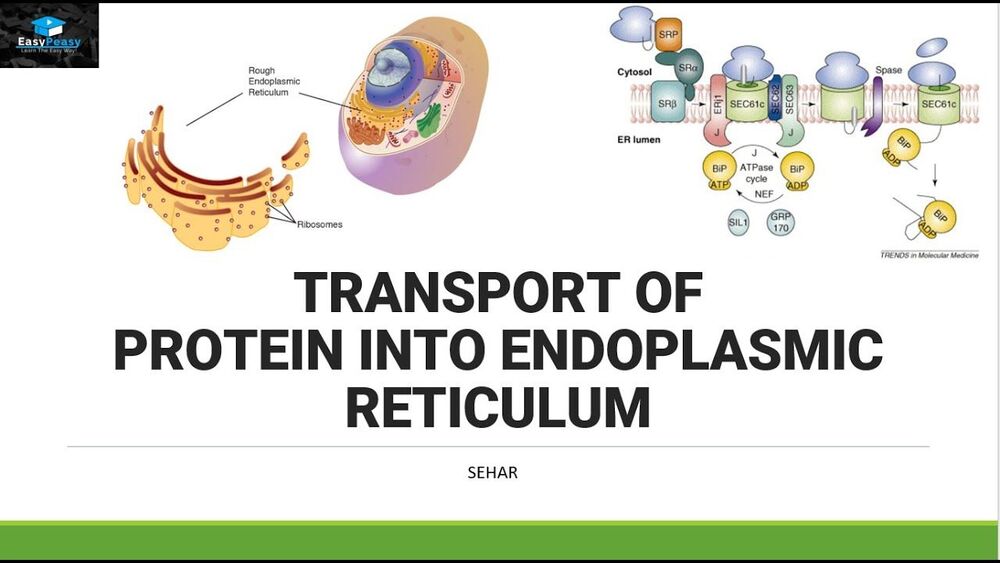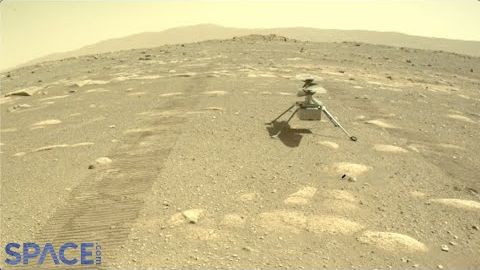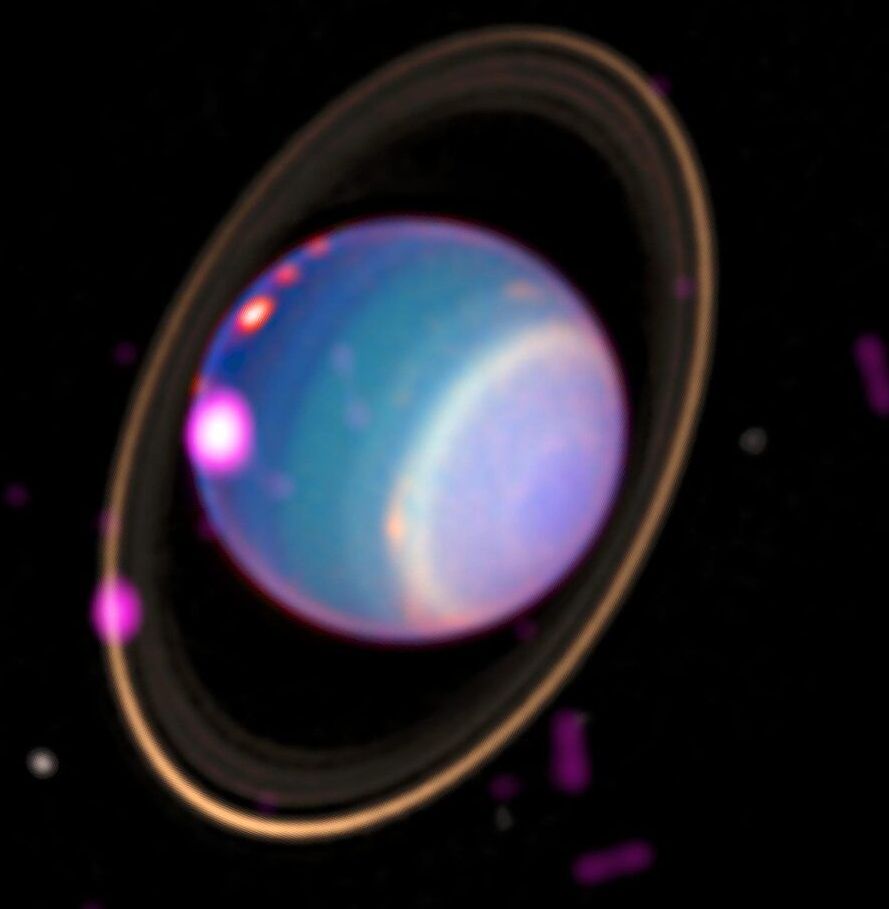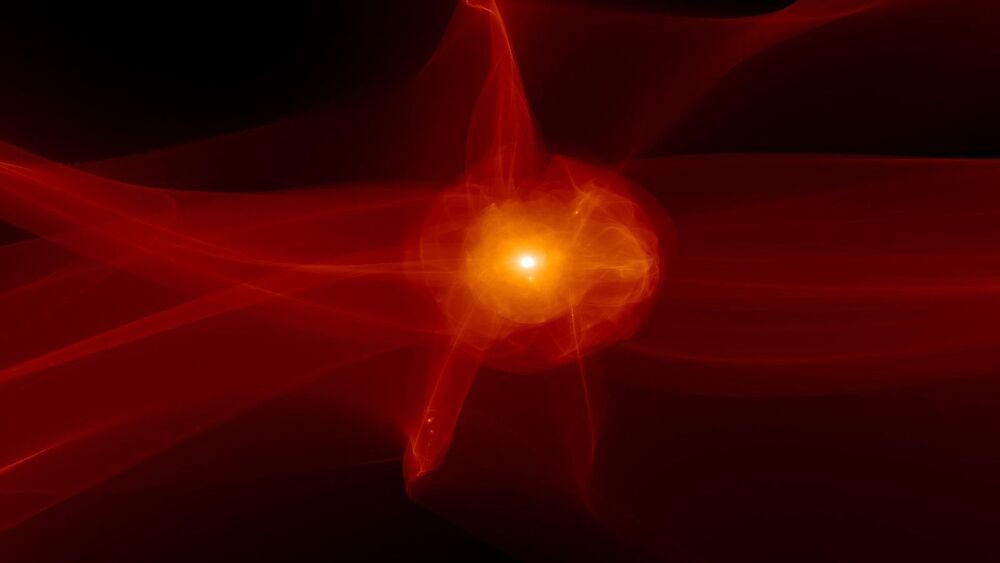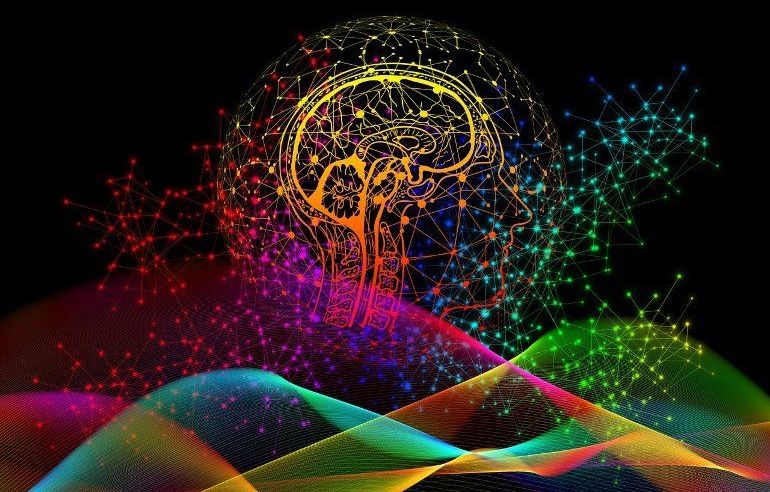Apr 4, 2021
Google to restrict which apps can view already installed applications on your device
Posted by Saúl Morales Rodriguéz in categories: mobile phones, policy
Google has announced an update to its Developer Program Policy that will help to prevent applications from viewing which other apps are installed on an Android device. The company states that they consider installed apps to be private user information and therefore, aim to protect Android users by keeping this data secure.
That is to say, Google will limit which apps can request the QUERY_ALL_PACKAGES permission, presently mandatory for application targeting API level 30 (Android 11) and above that wish to query the list of application a user has installed for an Android 11 or later device.
From now on, the QUERY_ALL_PACKAGES permission will only be available when the core functionality of an app in question must query any of the device’s installed applications. Therefore, in order to dispute this new policy, developers will have to provide reasonable evidence for how querying the API of an Android devices installed applications is absolutely necessary in order for that device to properly function.

